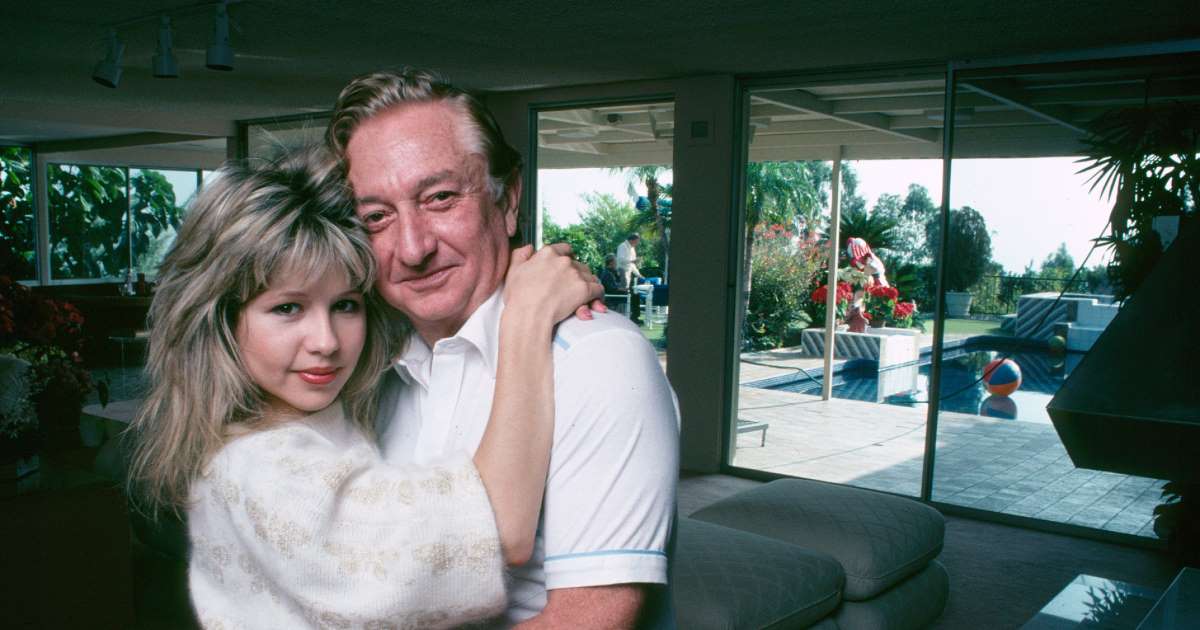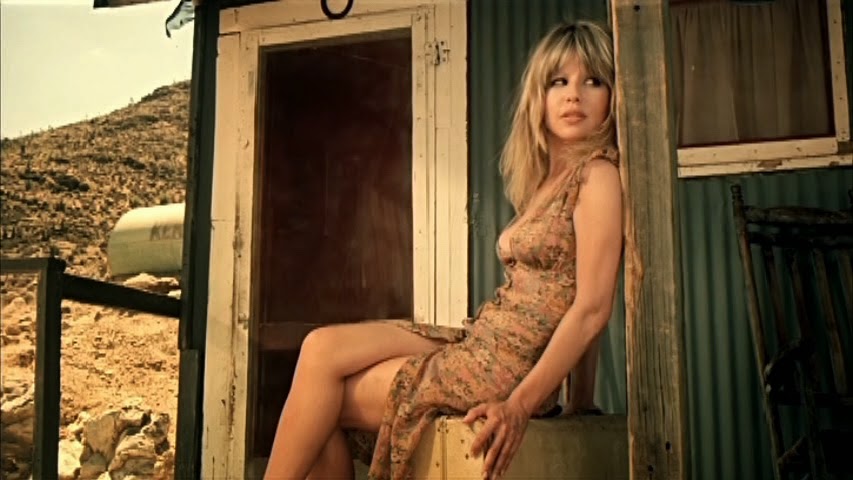PREVIEW: GOLD COAST FILM FESTIVAL 2019
 Saturday, March 2, 2019 at 7:56AM
Saturday, March 2, 2019 at 7:56AM Any notions that the Gold Coast Film Festival (GCFF) is still the ‘little festival that could’ on Australia’s film event calendar are well and truly dispelled with the announcement on Friday of the 17th annual program. Boasting a roster of 107 films, including three world, ten Australian and four Queensland premieres, the 12-day event can proudly stand alongside its fellow film celebrations in the nation's capital cities; the 2019 edition launches April 3 amongst the sun, sand and surf of the east coast tourist mecca.

In recent years, the GCFF has confirmed its status as a unique cultural event with a broad audience focus, ambitious programming and globally recognised brand. “I’m a firm believer that the best film festivals offer the public so much more than just the chance to watch movies and we have once again raised the bar on that front,” said Festival Director Lucy Fisher (via press release). “From unique pop-up cinemas on the water, in the bush and on urban streets to daily workshops for children, our massive program of events and screenings allows people to immerse themselves in film and have a little fun along the way.”
 The Opening Night slot has gone to the speculative docu-drama 2040, actor/director Damon Gameau’s highly anticipated follow-up to his 2014 hit That Sugar Film. Envisioning a future in which all the right decisions about making a better society were implemented 20 years prior, 2040 will have its Australian premiere on the Gold Coast following its World Premiere at the prestigious Berlin Film Festival earlier this month.
The Opening Night slot has gone to the speculative docu-drama 2040, actor/director Damon Gameau’s highly anticipated follow-up to his 2014 hit That Sugar Film. Envisioning a future in which all the right decisions about making a better society were implemented 20 years prior, 2040 will have its Australian premiere on the Gold Coast following its World Premiere at the prestigious Berlin Film Festival earlier this month.
The Gold Coast Film Festival’s own global firsts include Caitlin Farrugia and Michael Jones’ Maybe Tomorrow, a crowdpleasing comedy/drama about young filmmakers balancing the urge to create with the responsibilities of a newborn; Locusts, a noirish outback thriller from writer/director Heath Davis (Book Week, 2018); and, Storm Ashwood’s Escape and Evasion, a powerful portrayal of wartime horrors and PTSD, which was shot on the Gold Coast and has secured Closing Night honours for the young director.
Amongst the Australian premieres are David Robert Mitchell’s Cannes entrant Under the Silver Lake, the director’s follow-up to his cult horror hit It Follows and starring Andrew Garfield (pictured, top); the family drama Mia and The White Lion, director Gilles de Maistre’s remarkable account, three years in the making, of a friendship between a lonely girl (Daniah De Villiers) and the titular beast; and, the animated Brazilian film, Tito and The Birds, a story of courage and faith in the face of a global threat that employs CGI, traditional cell animation and oil painting techniques from directors Gabriel Bitar, Andre Catoto and Gustavo Steinberg.
 Also debuting for local audiences will be Tony D’Aquino’s The Furies (pictured, right), an Aussie bushland spin on the classic ‘slasher in the woods’ genre. The Odin’s Eye acquisition will be the centerpiece of ‘Horror in The Hinterland’, an outdoor screening event that plonks daring horror-hounds in front of a pop-up screen somewhere on Springbrook Mountain; Drew Goddard’s 2011 cult-horror classic The Cabin in The Woods, with Chris Hemsworth, will also contribute to a new kind of horror film-watching experience for the stout-of-heart.
Also debuting for local audiences will be Tony D’Aquino’s The Furies (pictured, right), an Aussie bushland spin on the classic ‘slasher in the woods’ genre. The Odin’s Eye acquisition will be the centerpiece of ‘Horror in The Hinterland’, an outdoor screening event that plonks daring horror-hounds in front of a pop-up screen somewhere on Springbrook Mountain; Drew Goddard’s 2011 cult-horror classic The Cabin in The Woods, with Chris Hemsworth, will also contribute to a new kind of horror film-watching experience for the stout-of-heart.
Other high profile titles across the 2019 line-up include Wayne Blair’s rom-com Top End Wedding, starring Miranda Tapsell, fresh from its triumphant Sundance sessions; Imogen Thomas’ heartwarming Emu Runner, the story of an indigenous girl who seeks out the spirit of her late mother by befriending her totem animal, an emu; French director Claire Denis’ first English language film, the sci-fi thriller High Life, starring Robert Pattinson and Juliette Binoche; surf cameraman Tony Harringtion’s spiritual saltwater odyssey, Emocean; and, Yen Tan’s Texas-set coming home/coming out drama 1985, with Virginia Madsen and Michael Chiklis.
The GCFF values the history of cinema, with several retro-screening events scheduled. The ‘Laneway Cinema’ initiative combines Asian cuisine with two Jackie Chan films, Karate Kid (2010) and Drunken Master (1978); Lady Parts podcast hosts Aimee Lindorff and Sophie Overett, with guest Maria Lewis, will dissect Wes Craven’s landmark horror pic, Scream (1996); the luxurious Spirit of Elston riverboat will host this year’s Floating Cinema event, with a romantic rooftop session of the Adam Sandler/Drew Barrymore flick, 50 First Dates (2004); and, the Burleigh Brewing Co. are lending their profile to a special event screening of Paul Thomas Anderson’s Boogie Nights (1997).
 Insider events include the Screen Industry Gala Awards, a ticketed evening hosted at the Movie World theme park/studio complex, during which the achievements of all nominees across feature films, short films, webseries and screenwriting will be celebrated. During the awards, iconic Australian actress Sigrid Thornton (pictured, right) will be presented with the 2019 Chauvel Award in recognition of her significant contribution to the Australian screen industry. Also, the festival in conjunction with Screen Queensland, will host the fifth annual Women in Film Luncheon, welcoming Greer Simpkins, producer and Head of Television at Bunya Productions, as the guest speaker.
Insider events include the Screen Industry Gala Awards, a ticketed evening hosted at the Movie World theme park/studio complex, during which the achievements of all nominees across feature films, short films, webseries and screenwriting will be celebrated. During the awards, iconic Australian actress Sigrid Thornton (pictured, right) will be presented with the 2019 Chauvel Award in recognition of her significant contribution to the Australian screen industry. Also, the festival in conjunction with Screen Queensland, will host the fifth annual Women in Film Luncheon, welcoming Greer Simpkins, producer and Head of Television at Bunya Productions, as the guest speaker.
The Gold Coast Film Festival will run April 3-14 at various locations across The Gold Coast. It is supported by its major partners Screen Queensland, the City of Gold Coast, Tourism and Events Queensland and HOTA, Home of the Arts. For all events, sessions details and ticketing visit the official website.
 Australian,
Australian,  Film Festival,
Film Festival,  Gold Coast,
Gold Coast,  Queensland
Queensland 














